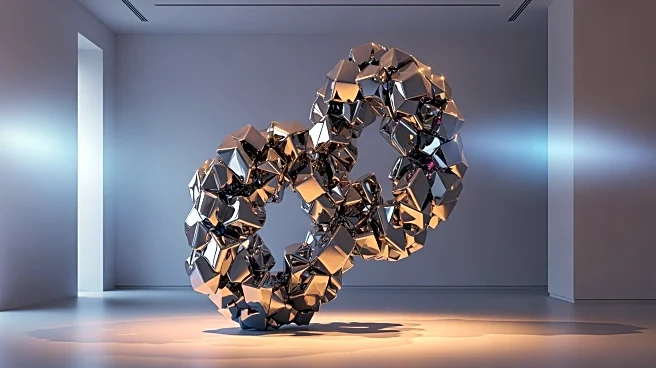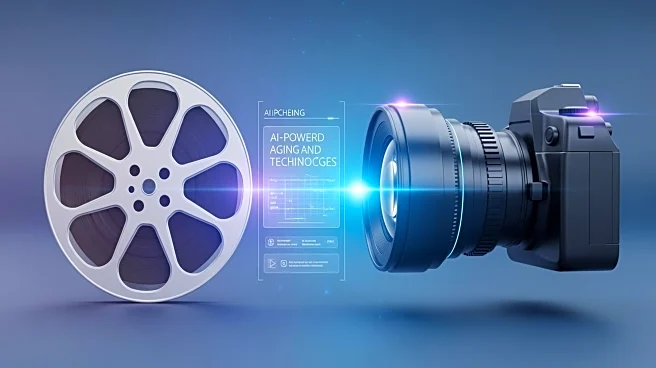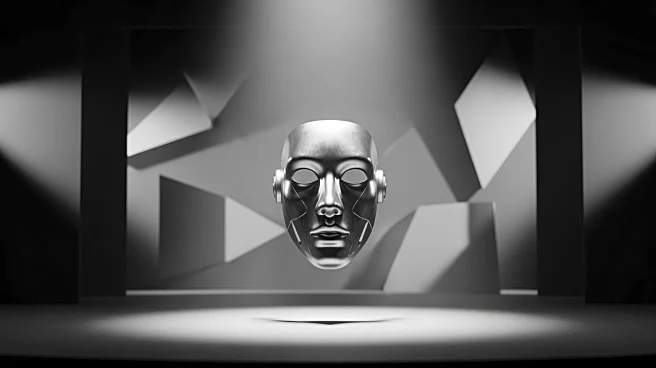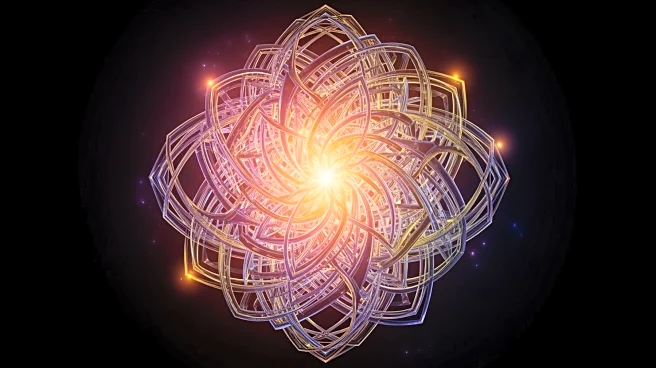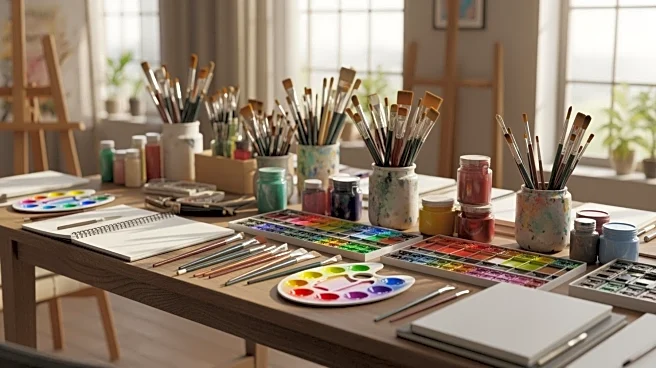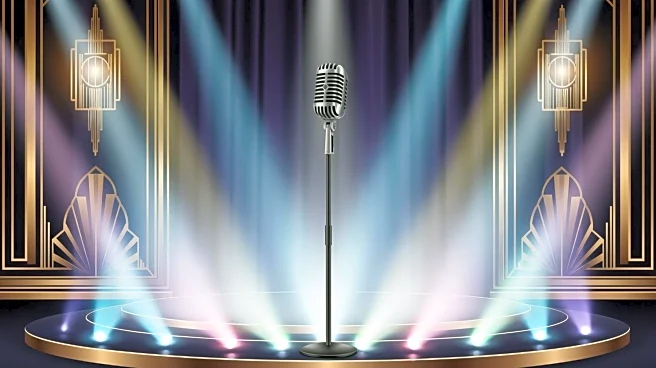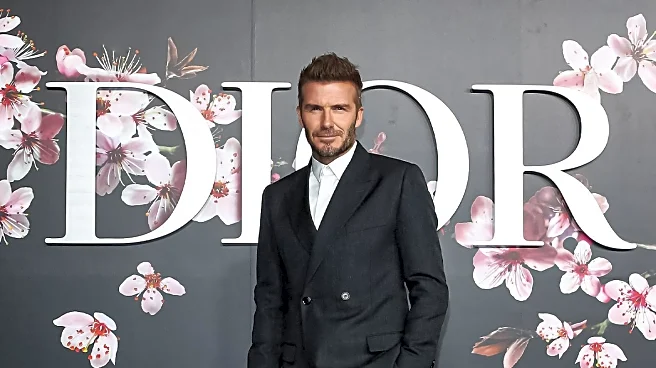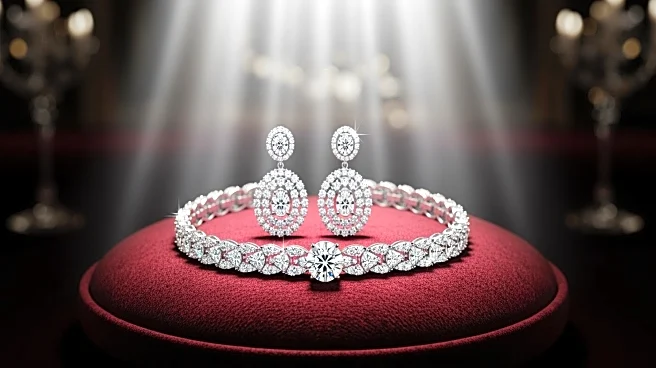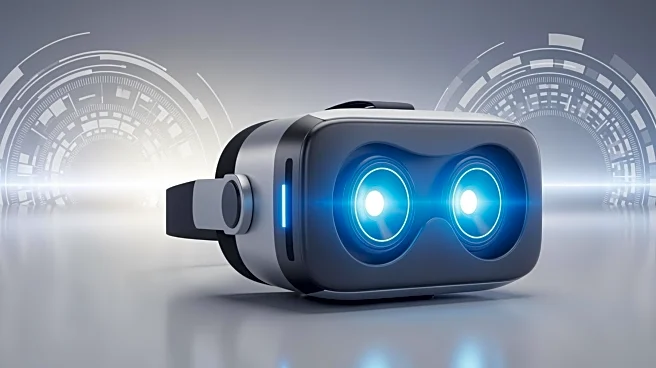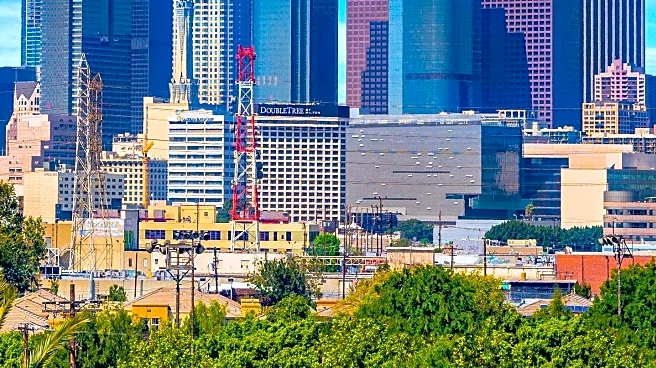What's Happening?
Artist Refik Anadol is pioneering a new form of art by utilizing artificial intelligence to create immersive imagery. Anadol describes this process as akin to a machine's dream state, where algorithms
powered by AI generate visual experiences. His work is set to be showcased in a planned museum in Los Angeles called DataLand, which aims to explore innovative ways for AI to interact with data. Anadol's approach represents a fusion of technology and creativity, offering a glimpse into how AI can be harnessed to expand the boundaries of artistic expression.
Why It's Important?
The integration of AI into the arts signifies a transformative shift in how art is created and perceived. Anadol's work challenges traditional notions of creativity, suggesting that machines can contribute to artistic processes. This development has implications for the art industry, potentially leading to new forms of collaboration between artists and technology. It also raises questions about the role of human creativity in an era where machines can generate art. As AI continues to evolve, its impact on various sectors, including the arts, will likely grow, prompting discussions about the ethical and cultural implications of machine-generated creativity.
What's Next?
Anadol's DataLand museum in Los Angeles is expected to become a hub for exploring the intersection of AI and art. As this project progresses, it may inspire other artists and technologists to experiment with AI in creative fields. The museum could also serve as a platform for public engagement, fostering dialogue about the future of art in a digital age. Stakeholders in the art and technology sectors will likely monitor these developments closely, considering the potential for AI to redefine artistic practices and cultural experiences.
Beyond the Headlines
The use of AI in art raises deeper questions about authorship and originality. As machines become more capable of generating complex works, the definition of what constitutes art may evolve. This could lead to debates about intellectual property rights and the value of human versus machine-created art. Additionally, the cultural acceptance of AI-generated art will be a critical factor in its integration into mainstream art circles. The long-term impact of AI on the arts will depend on how society navigates these challenges and embraces new forms of creative expression.
